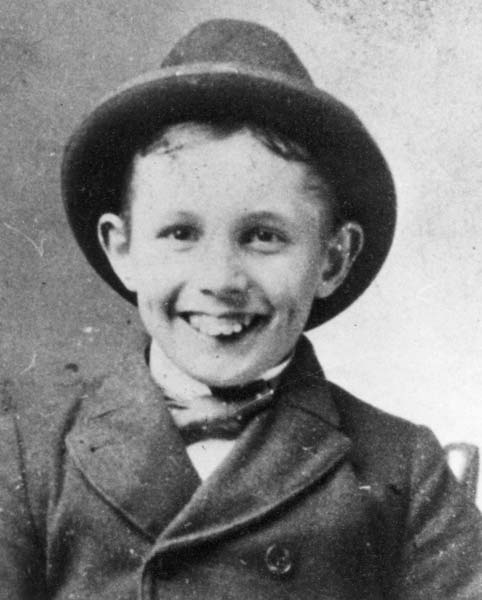I Believe
I just read Neal Thompson's A Curious Man, a biography of Robert Ripley. He's been dead for more than half a century but his name, attached to Believe It Or Not, lives on.
Ripley was raised in Santa Rosa, a community not far outside San Francisco. He was born in 1890 and lived through the devastating 1906 earthquake. As a young boy he was good at baseball and drawing. He opted for a career in the latter, finding some success working for papers in San Francisco before moving the New York--and, he hoped, the big time--in 1912.
Hardworking and talented, he soon established himself as a cartoonist. He also became a world traveler, visiting faraway places and sending cartoons and copy about his adventures. In 1918, he did a piece entitled "Champs And Chumps" about amazing sports stories, that would eventually become the "Believe It Or Not" feature that made him famous.
In his early years in the Big Apple he lived in a small apartment at the New York Athletic Club, where he also became one of America's top handball players. A shy sort, and unprepossessing--he had jug ears and buck teeth so bad he couldn't close his mouth--he became increasingly confident with women as be become more successful. He married and divorced quickly, and from then on was a womanizing bachelor, rarely without a beautiful woman at his side.
Throughout the 1920s, Believe It Or Not became bigger and bigger. Ripley loved to make extravagant claims ("Lindbergh was the 67th man to make a non-stop flight over the Atlantic Ocean!") so he could refute the thousands of letters saying he was wrong. If anything, he became more obsessive about world travel, seeking out the odd and exotic. He visited over 200 countries, though he seemed drawn to the East, especially China. In 1929, he started working for William Randolph Hearst, who knew how to exploit the popularity of Ripley, and his work was soon syndicated in hundreds of papers.
The 1930s meant the Depression for most, but it was the height of Ripley's success. He became one of the top-paid men in America, making well into the six figures, which would mean millions today. He was everywhere. There was his column, but he also spread out into books, movies, radio and lectures, not to mention his highly popular traveling exhibit, the "Odditorium" (essentially a freak show). Ripley seemed to be a one-man show to the public, but of course, he had a huge staff--that kept growing--to do his research, manage his career, even in some cases do his drawings.
With his new-found riches he seemed to grow more conservative, hating the New Deal and FDR. He also decided to "settle down," buying several homes and large apartments, including a mansion on his own "BION Island" in Mamaroneck, New York. He was an inveterate party-giver--some thought to cover up his essential loneliness.
World War II slowed him down a bit. He certainly couldn't travel as much. And his health started deteriorating. He became portly and was probably a functional alcoholic. He also became more irritable, even unstable, according to those close to him.
In the late 40s a new medium, TV, seemed made for him. It was one thing to describe the amazing on radio, but now he could show it. He started a show in 1949 and completed 13 episodes before dying of a heart attack in his late 50s.
But his work lived on. One of the earliest books I can remember was a Ripley's Believe It Or Not compendium. (Not even sure if I read it--probably just looked at the pictures). His feature continues on to this day: there are Believe It Or Not museums in several cities (including one up my block) and Believe It Or Not has twice been turned into a TV show since his death.
The book itself is fascinating, though if it has one flaw: after Ripley achieves success, he mostly just continues doing what he was doing--traveling, drinking and discovering weird people. But the weird, and sometimes sad, life this man lived is worth checking out.




0 Comments:
Post a Comment
<< Home